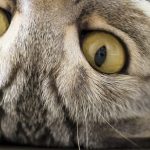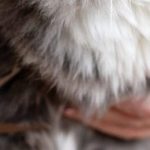Table of Contents
Shedding is a natural process for cats, but sometimes pet parents may notice their furry companions losing more hair than usual. Excessive shedding can be a sign of health issues, ranging from skin problems to more serious health problems. It’s crucial to observe your cat’s grooming habits and overall health to determine if the shedding is too much. Bald spots, skin irritation, and increased shedding are clear indicators that something might be amiss.
Short-haired breeds typically have less dramatic shedding cycles than, say, Maine Coons, which boast a luxurious mane. Even hairless breeds require care to ensure their skin stays clean and healthy. A balanced diet, stress management, and regular grooming can all influence your cat’s shedding patterns. If your cat’s skin shows signs of skin infections or they seem to be developing bald spots, it’s time to investigate further.
Cat Coat Types and Their Shedding Patterns
Cats come in various coat types, each with its shedding tendencies. Long-haired breeds, such as Persians and Maine Coons, are known for their abundant fur, which requires regular grooming to manage seasonal shedding. These breeds often shed their thick undercoats as the seasons change. On the other hand, short-haired breeds may shed less visibly but still require care to keep their coats in tip-top shape.
All cats shed and grow new fur, but the amount and frequency can vary widely. Seasonal shedding is particularly noticeable, with many cats growing a thick winter coat to stay warm and then shedding it as temperatures rise. Understanding your cat’s natural shedding pattern is key to distinguishing between normal and excessive shedding.
Regardless of coat type, grooming plays a critical role in managing shedding. Regular brushing can help remove loose fur and reduce the amount of hair your cat sheds around the home. Additionally, grooming sessions provide the opportunity to check for any abnormalities in your cat’s coat or skin that could indicate a health concern.
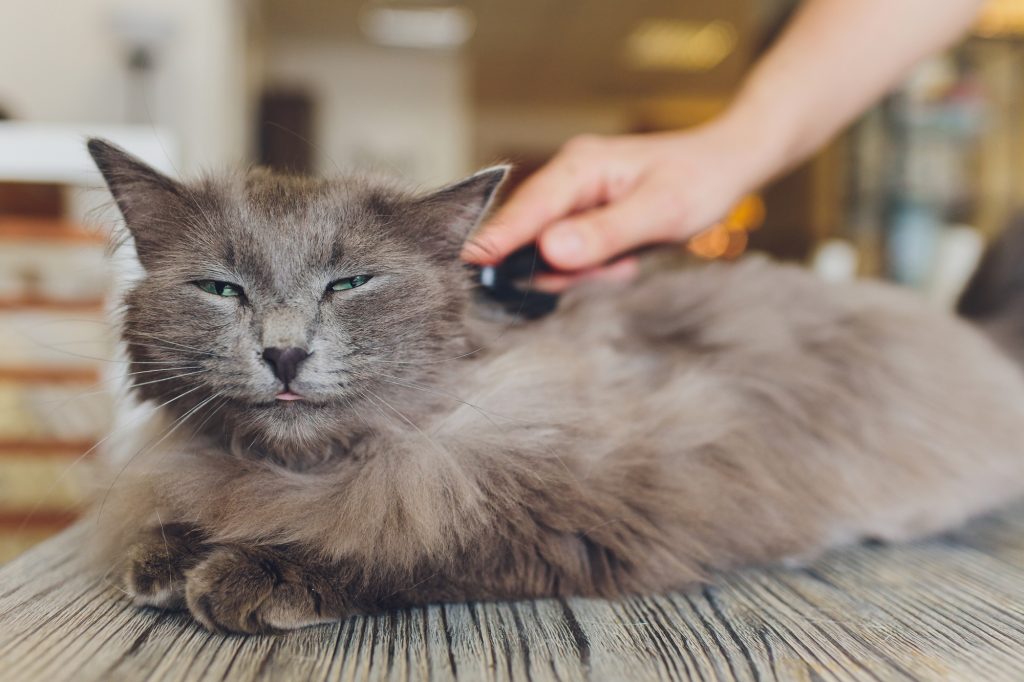
Factors Influencing Your Cat’s Shedding
Several factors can affect a cat’s shedding, including the cat’s overall health, nutrition, stress levels, and care routine. Long-haired breeds may require more maintenance to manage their seasonal shedding and to prevent mats and tangles. Understanding these factors can help pet owners address and minimize excessive shedding.
• Age-Related Changes in Fur Shedding
As cats age, their fur goes through changes that can alter their shedding patterns. Kittens, for instance, will shed their soft baby fur to make way for their adult coat. Senior cats might experience changes in the density and texture of their fur. The development of a thick winter coat during their younger years may become less pronounced as they grow older.
Pet parents need to adapt their grooming habits to align with their cat’s life stage. Older cats may benefit from more frequent brushing to help manage shedding and ensure their coat remains healthy. Monitoring these age-related changes in fur shedding can be a good indicator of a cat’s overall health.
• The Impact of Seasonal Variations on Shedding
Cats typically develop a thick winter coat to cope with colder weather, which they shed as the seasons transition to spring and summer. This seasonal shedding is a natural and healthy process, allowing cats to regulate their body temperature effectively. During this time, pet owners might notice an increase in the amount of fur around their home.
To manage seasonal shedding, it’s essential to provide consistent grooming. Regular brushing can help remove the loose fur from the thick winter coat before it ends up on furniture and clothing. Additionally, maintaining a comfortable indoor environment can help reduce the extremity of seasonal shedding.
• Connection Between Stress and Increased Shedding
Stress can have a significant impact on a cat’s health, including their fur. When a feline friend is stressed, they may exhibit increased shedding, accompanied by other signs of anxiety. Skin problems can also arise from stress, leading to additional fur loss or skin irritation. Pet owners must recognize the signs of stress and take steps to create a calm environment.
Addressing stress-related shedding involves identifying and mitigating the sources of stress, whether it be changes in the household, conflicts with other pets, or disruptions to your cat’s routine. Providing hiding spots, playtime, and a stable routine can all contribute to reducing stress and, consequently, managing increased shedding.
Medical Concerns Behind Excessive Shedding
While some shedding is normal, excessive shedding can be a sign of underlying medical issues. If a cat’s coat appears dull or thin, it could be indicative of health concerns. Mites and fleas, as well as bacterial or fungal infections, can cause significant fur loss. It’s also possible that a cat is allergic to something in their environment or diet, leading to excessive shedding.
• Allergies as a Culprit for Fur Loss
Allergies can trigger a range of skin reactions, including increased shedding and fur loss. When a cat is allergic to a particular substance, it may scratch or lick its fur excessively, leading to bald patches. Identifying and eliminating the allergen is critical in addressing this issue.
Common allergens for cats include certain foods, pollen, dust mites, and flea bites. Working with a veterinarian to conduct allergy tests can help pinpoint the cause and develop a strategy to reduce exposure. In some cases, medication may be prescribed to alleviate the allergic reaction and promote fur regrowth.
• Dietary Deficiencies Contributing to Coat Issues
A balanced diet is fundamental to maintaining a cat’s skin and coat in a clean and healthy state. Nutritional deficiencies, particularly a lack of essential fatty acids or certain vitamins, can lead to a dull coat and increased shedding. Ensuring your cat receives all necessary nutrients is vital for their overall health and can significantly affect their shedding.
Supplements may be recommended if a cat’s diet is lacking in specific nutrients. High-quality cat food formulated for skin and coat health can also make a difference. Regular check-ups with a vet can ensure that any dietary deficiencies are identified and addressed promptly.
• Parasites and Pests Leading to Shedding Woes
Parasites and pests are a common cause of excessive shedding in cats. Fleas, ticks, and mites can lead to skin irritation, which often results in increased scratching and fur loss. Short Haired cats can be just as susceptible to these issues as their long-haired counterparts.
Effective management includes regular use of preventative treatments to keep pests at bay. Pet owners should also keep their home environment clean and regularly check their cats for signs of infestation. If parasites are suspected, a visit to the vet for treatment is necessary.
• Recognizing Shedding as a Sign of Illness
Shedding can sometimes be a symptom rather than the problem itself. An increase in shedding, particularly if it’s accompanied by other changes in behavior or appearance, could indicate an underlying illness. Observing your cat’s overall well-being, including their energy levels, appetite, and grooming habits, is important.
If you notice any sudden or severe changes in your cat’s shedding, it’s best to consult with a veterinarian. They can conduct a thorough examination and run tests if needed to determine the cause of the excessive shedding. Early detection of health issues is key to providing the best care for your cat.
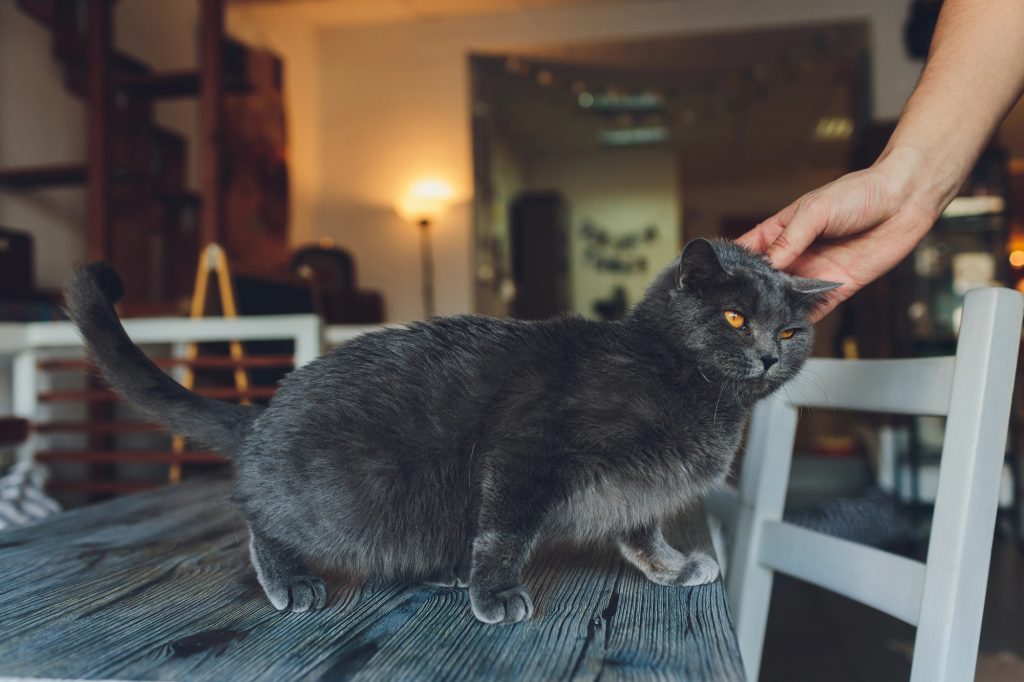
Grooming and Care to Reduce Shedding
Maintaining a cat’s skin and coat in a clean and healthy condition is fundamental to managing shedding. Regular grooming, a balanced diet, and keeping your cat free of pests are all essential steps in reducing shedding. Addressing any underlying health concerns promptly can also prevent shedding from becoming excessive.
The Importance of Regular Brushing
During the shedding season, regular brushing becomes even more important. It helps remove loose fur and prevent it from spreading around your home. Brushing not only minimizes shedding but also stimulates the skin and can improve the overall health of your cat’s coat.
Selecting the Right Diet for a Healthy Coat
A proper diet is crucial in managing a cat’s shedding. Foods rich in omega-3 and omega-6 fatty acids can promote a shiny coat and healthy skin, reducing the likelihood of excessive shedding. Always choose high-quality cat food that supports coat health.
Keeping Pests at Bay With Preventatives
Preventative measures against fleas, ticks, and other pests are essential in any cat care routine. Regular treatments can protect your cat from the discomfort and skin irritation that pests can cause, which in turn helps control shedding. Always consult with your vet to select the most effective preventative for your cat.
Addressing Your Cat’s Shedding at Home
When you groom your cat regularly, you help manage excess shedding and maintain a healthy coat. However, if you notice a significant increase in hair around the home, it might be time to consider additional steps or even the assistance of a professional groomer.
Cleaning Strategies for a Fur-Free Environment
To keep your home fur-free, start by vacuuming frequently with a pet hair attachment. This can capture even the finest of hairs. Additionally, use washable throws on furniture where your cat loves to lounge and keep a lint roller handy for quick touch-ups on clothing and upholstery.
For bedding and cat beds, opt for materials that are easy to wash and less likely to hold onto hair. Regular laundering, ideally on a weekly basis, will help control the amount of fur throughout your living space and reduce allergens as well.
Tools and Products to Manage Shedding
For older cats, whose skin problems may contribute to shedding, brushing becomes even more essential. The right tools, like a de-shedding brush or glove, can significantly reduce the amount of loose fur. Incorporating supplements that support a healthy cat’s diet can also promote a stronger coat.
Investing in quality grooming tools tailored to your cat’s specific needs can make grooming your cat an easier and more effective process. A regular grooming routine not only manages shedding but also helps you spot any changes in your cat’s life that might affect their coat’s health.
Creating a Comfortable Space for Your Cat
Creating a cozy area with favorite blankets and toys can minimize stress, which in turn can reduce shedding. Ensure this space is quiet and safe, away from high-traffic areas, allowing your cat to retreat and feel secure.
Consider adding a cat tree or perch with a built-in scratching post. These not only serve as exercise and entertainment for your cat but also help to naturally trim their claws, which is an important part of your cat’s grooming routine.
When to Get Professional Help
If normal shedding turns into excessive shedding in cats, it could be a sign of an underlying health issue. Pay attention to bald spots, skin irritation, or changes in fur texture. These symptoms warrant a trip to the vet to determine the cause and appropriate treatment.
Should your efforts at home not reduce the shedding, or if you notice your cat is uncomfortable or in distress, it’s time to consult a professional groomer or veterinarian. They can provide specialized care and advice tailored to your cat’s specific health and grooming needs.
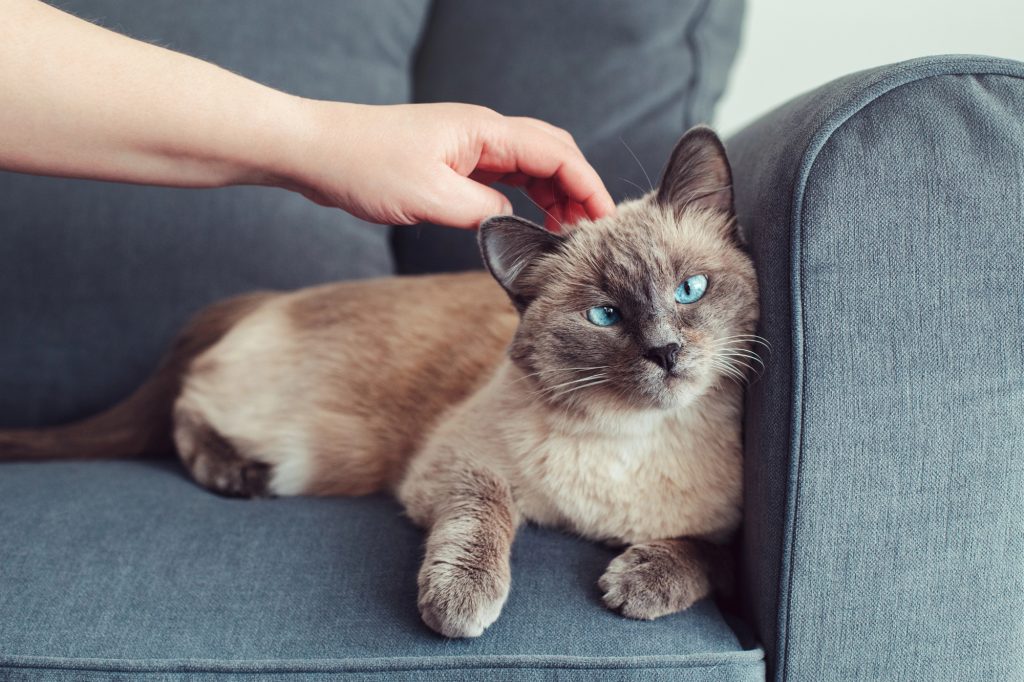
Frequently Asked Questions
1. How do I let my cat know I love him?
Showing love to your cat can be as simple as spending quality time together. Gentle petting, interactive play, and soft-spoken affirmations let your cat know they are loved and valued. Remember, every cat is unique, so pay attention to how your cat prefers to receive affection.
2. How do you tell if a cat is stressed?
A cat that is stressed might display excessive grooming, changes in bathroom habits, or a decrease in appetite. Look for hiding behavior, vocalization changes, or any deviation from their normal routine, as these can all be indicators of stress in felines.
3. What does unhealthy cat fur look like?
Unhealthy cat fur can appear dull, thin, or patchy. Look for signs of excessive dandruff, grease, or bald spots. These symptoms could indicate poor nutrition or health issues and should be checked by a veterinarian promptly.
4. What months do cats shed the most?
Cats tend to shed more during spring and fall, aligning with the natural light changes. However, indoor cats exposed to artificial lighting may experience less pronounced shedding cycles. Some cat breeds, like the Cornish Rex, naturally shed less. Nonetheless, shedding is a normal part of a cat’s growth cycle.
Wrapping up Cat Shedding Insights
Understanding that shedding is a natural process is fundamental for cat owners. It’s essential to acknowledge that the amount your cat might be shedding can vary due to a multitude of factors, ranging from the breed and their particular cat grooming habits to health issues that could cause irritated skin or matted fur. Cat parents can mitigate some shedding by ensuring regular brushing, especially for long-haired cats, as this not only reduces shedding but also prevents the formation of hairballs from cats grooming themselves.

Hi, I’m Zoey, a devoted mom to two charming Siamese cats. My passion lies in assisting fellow pet owners in providing optimal care for their cats. On CatsEuphoria, I share practical tips and relatable stories, inviting you to join me in appreciating the authentic bond between humans and our beloved feline companions.

